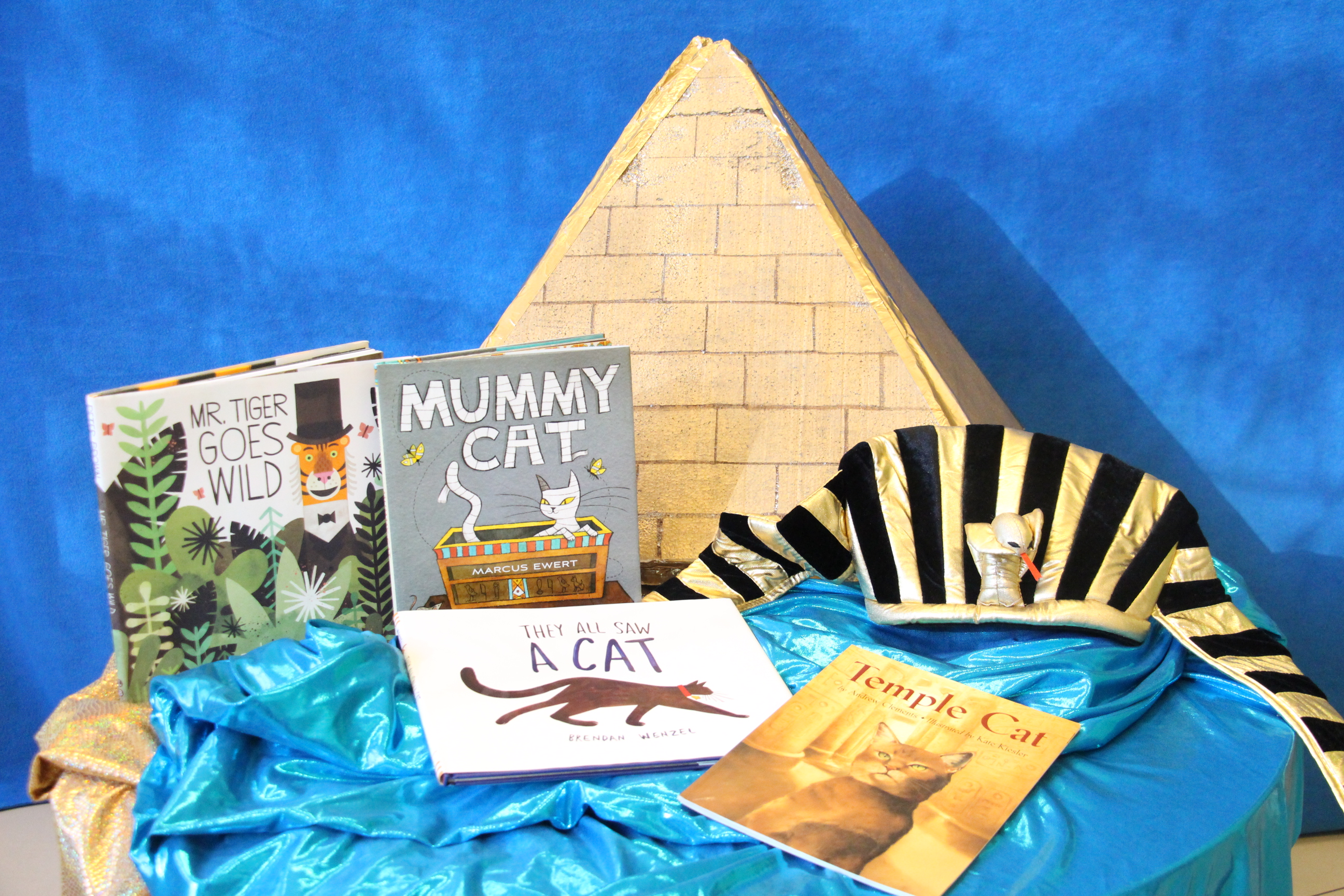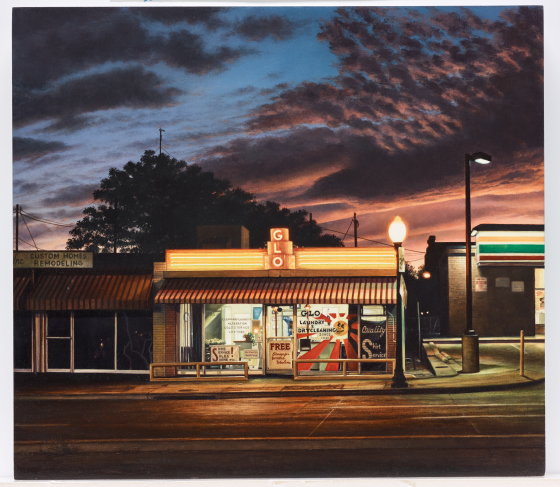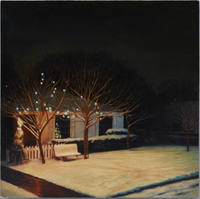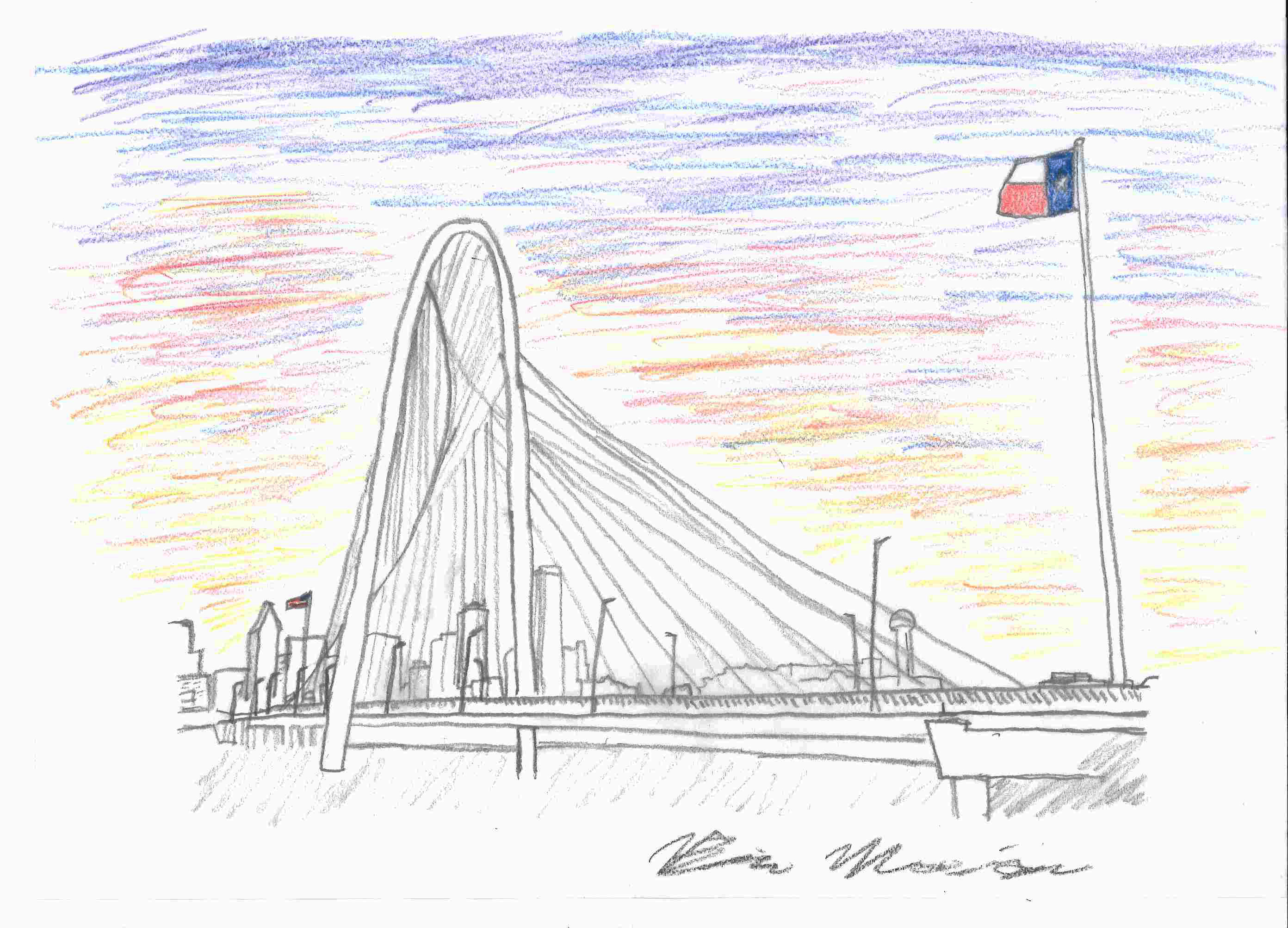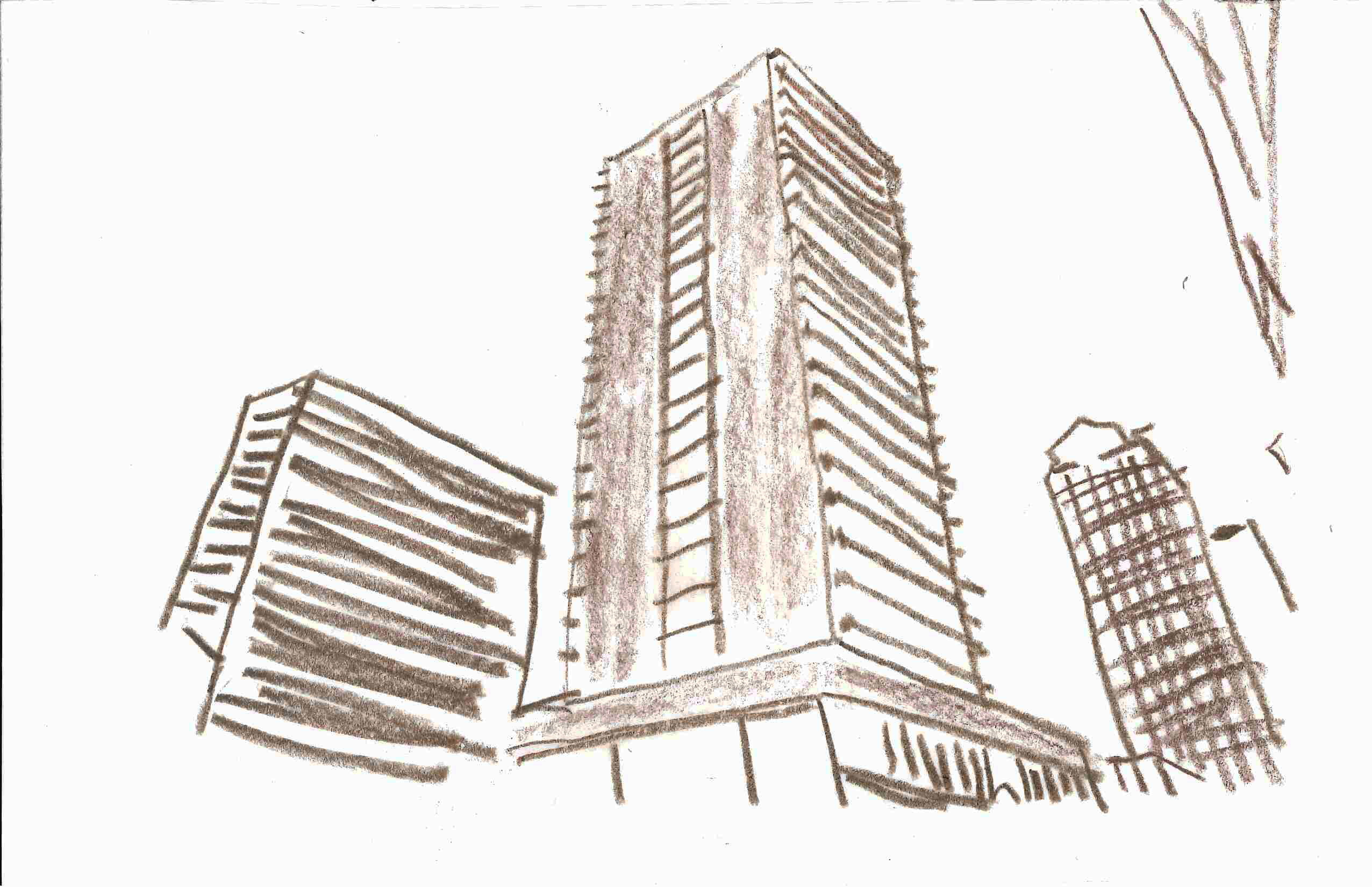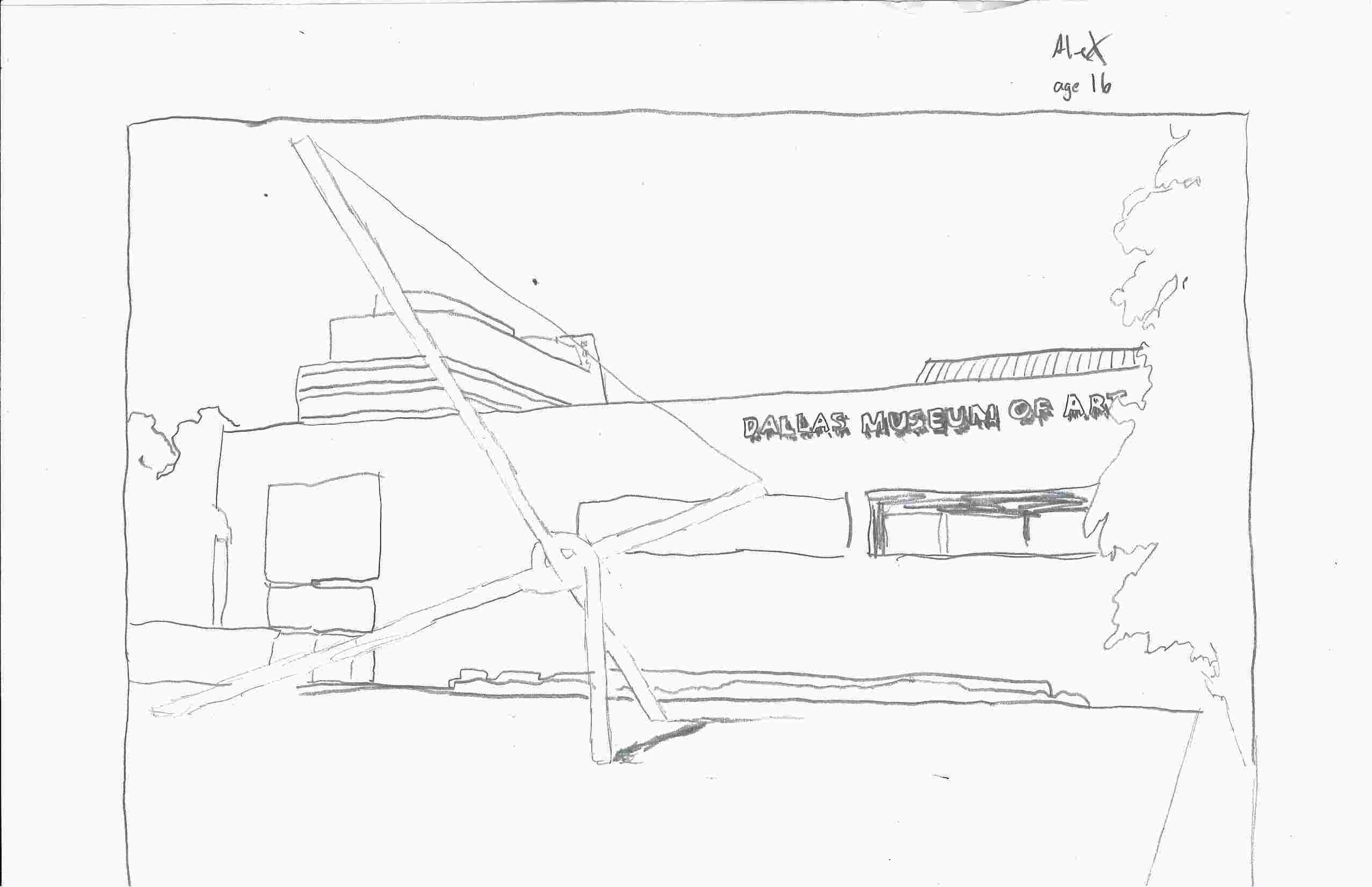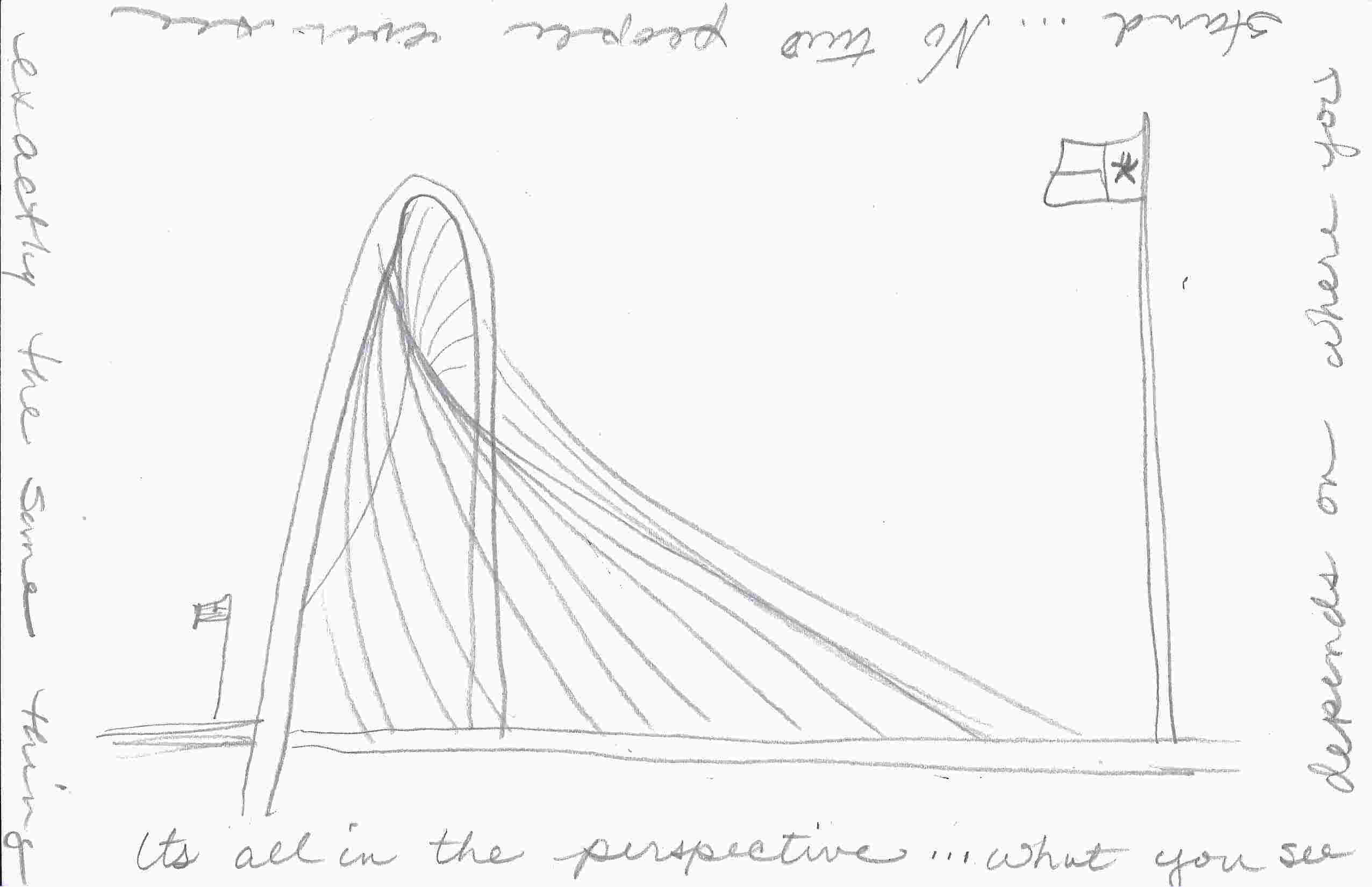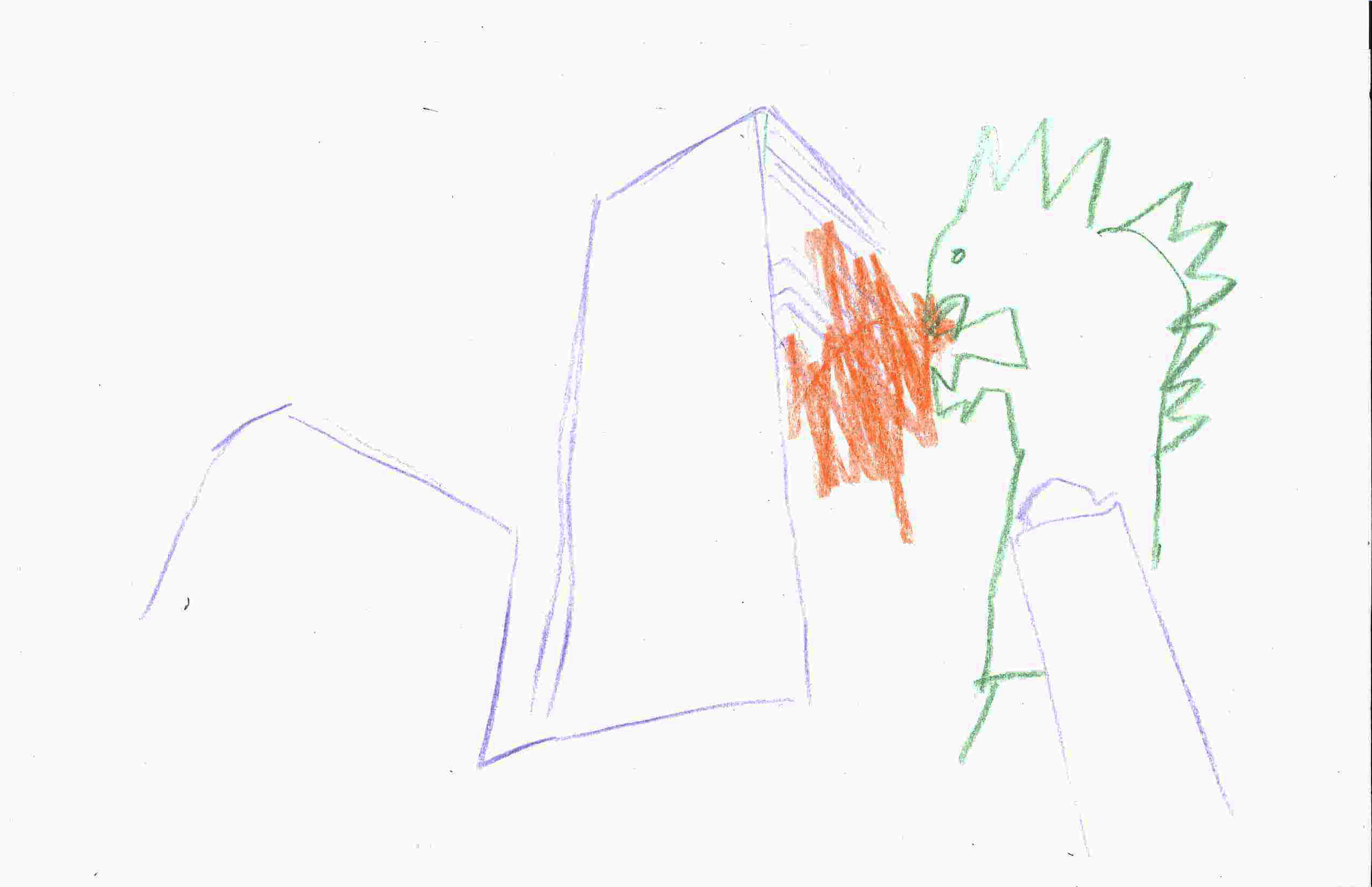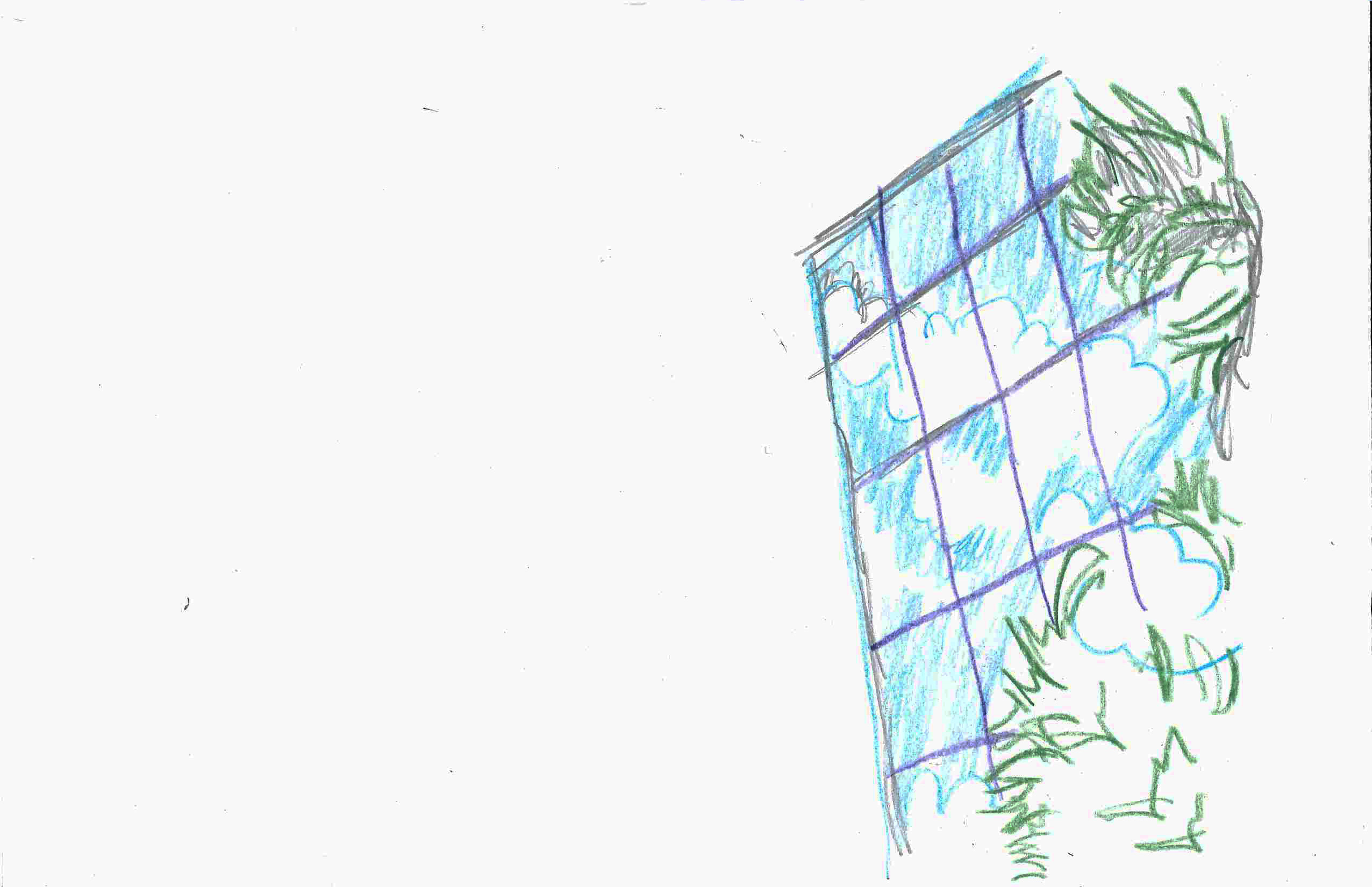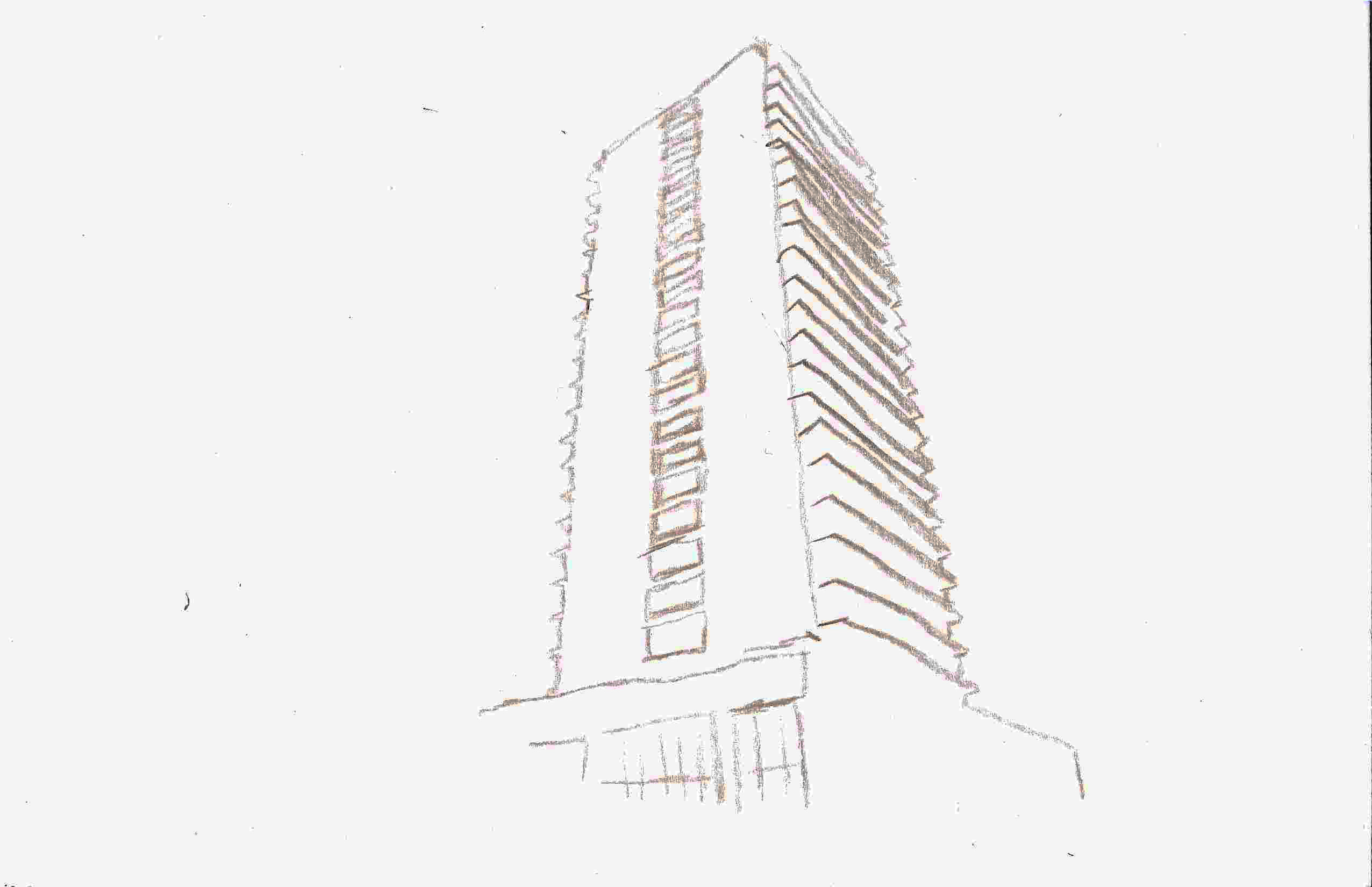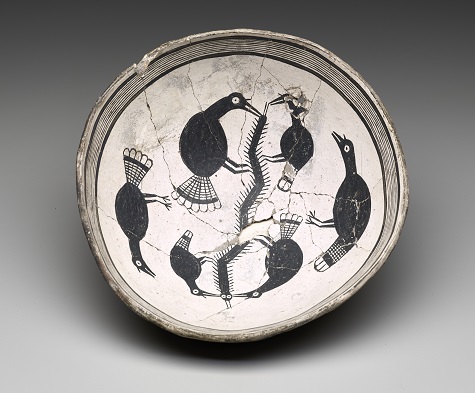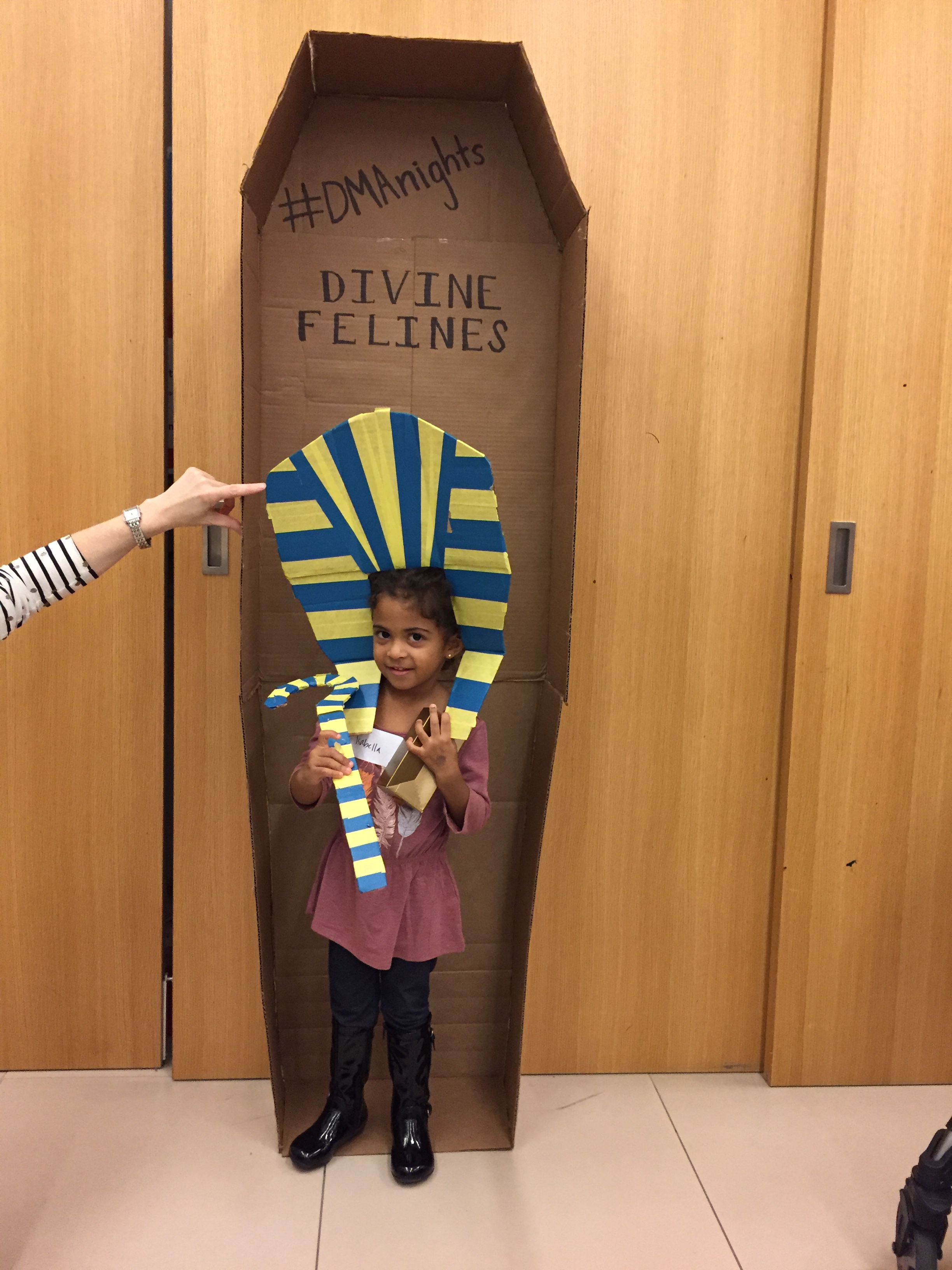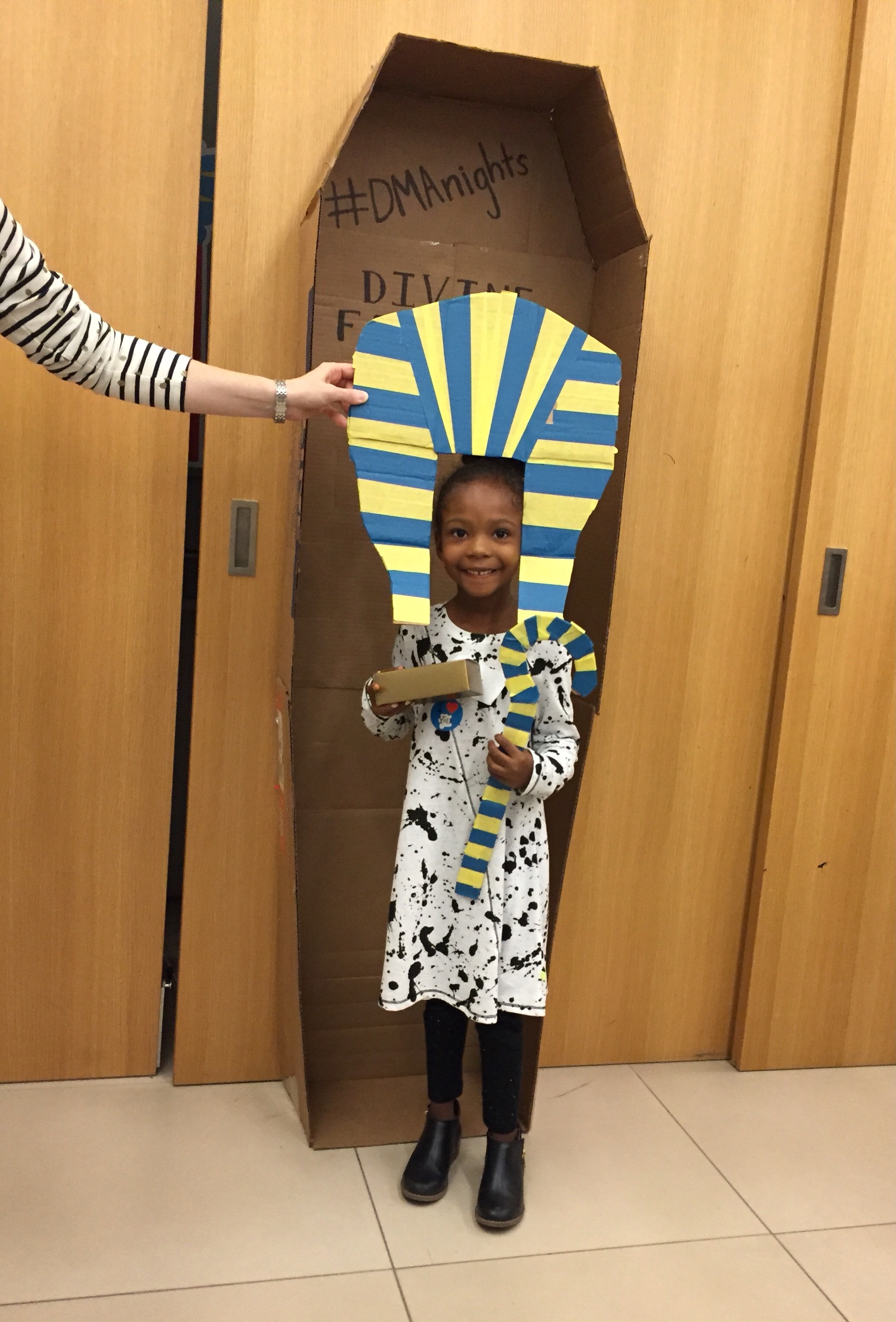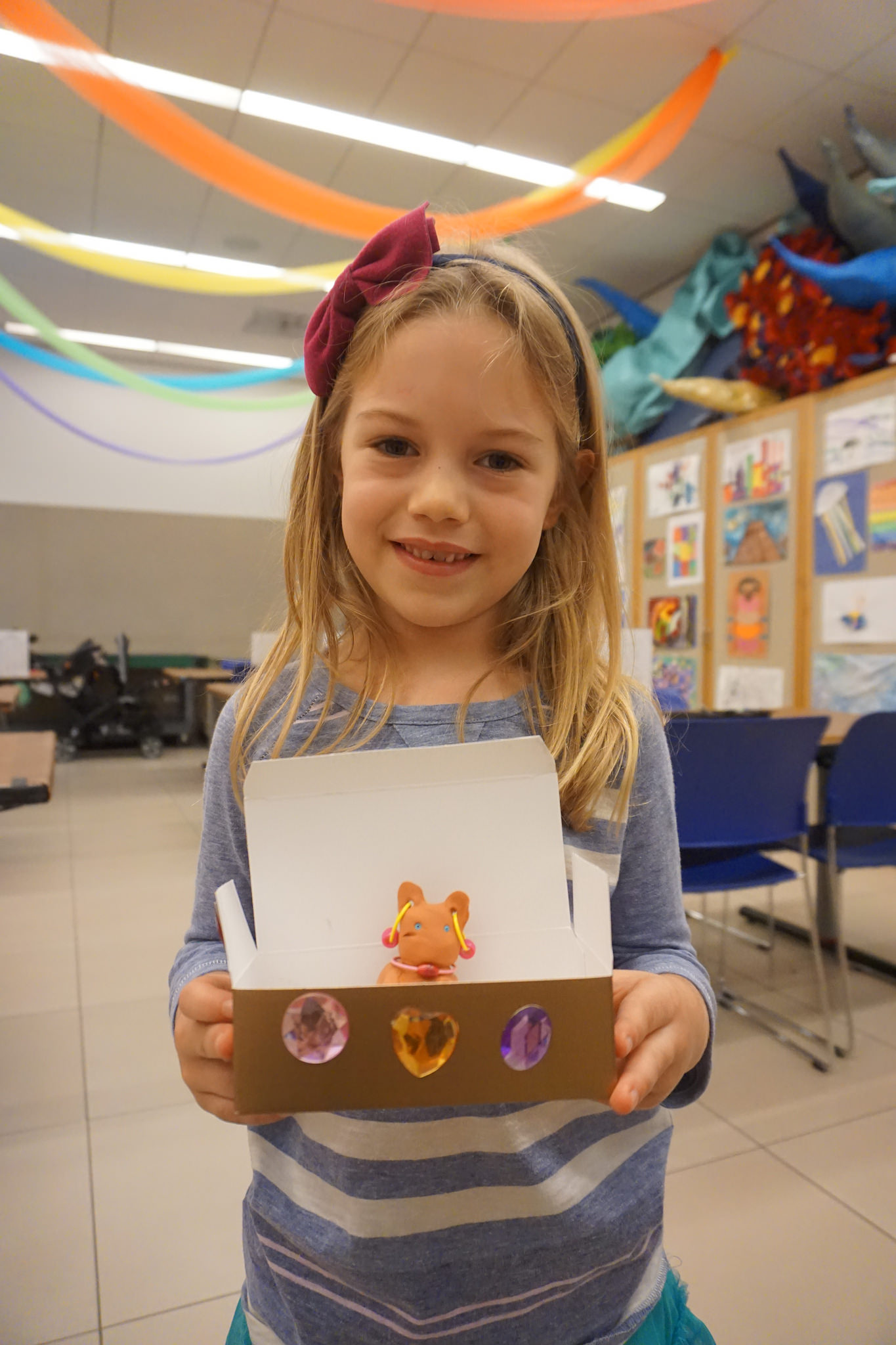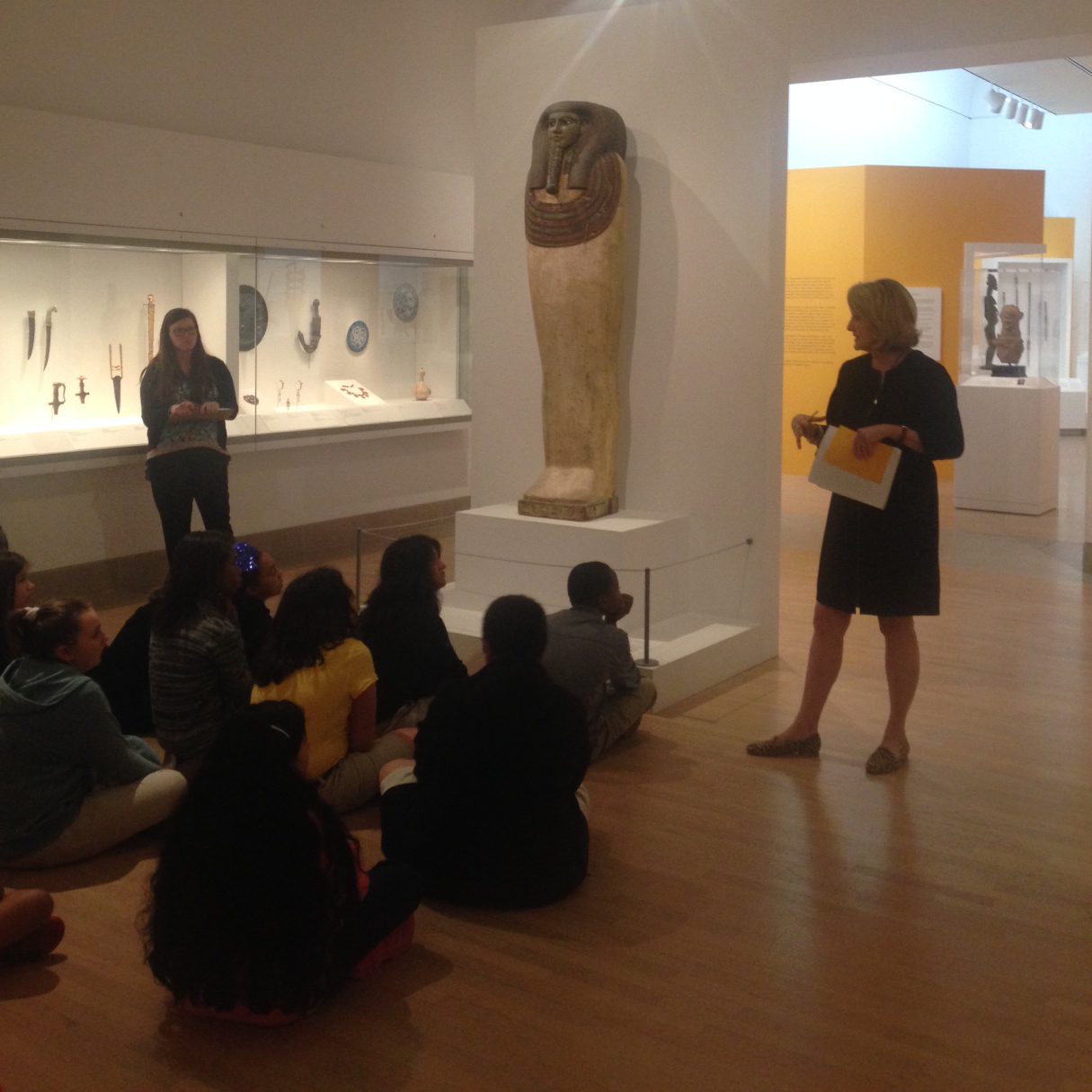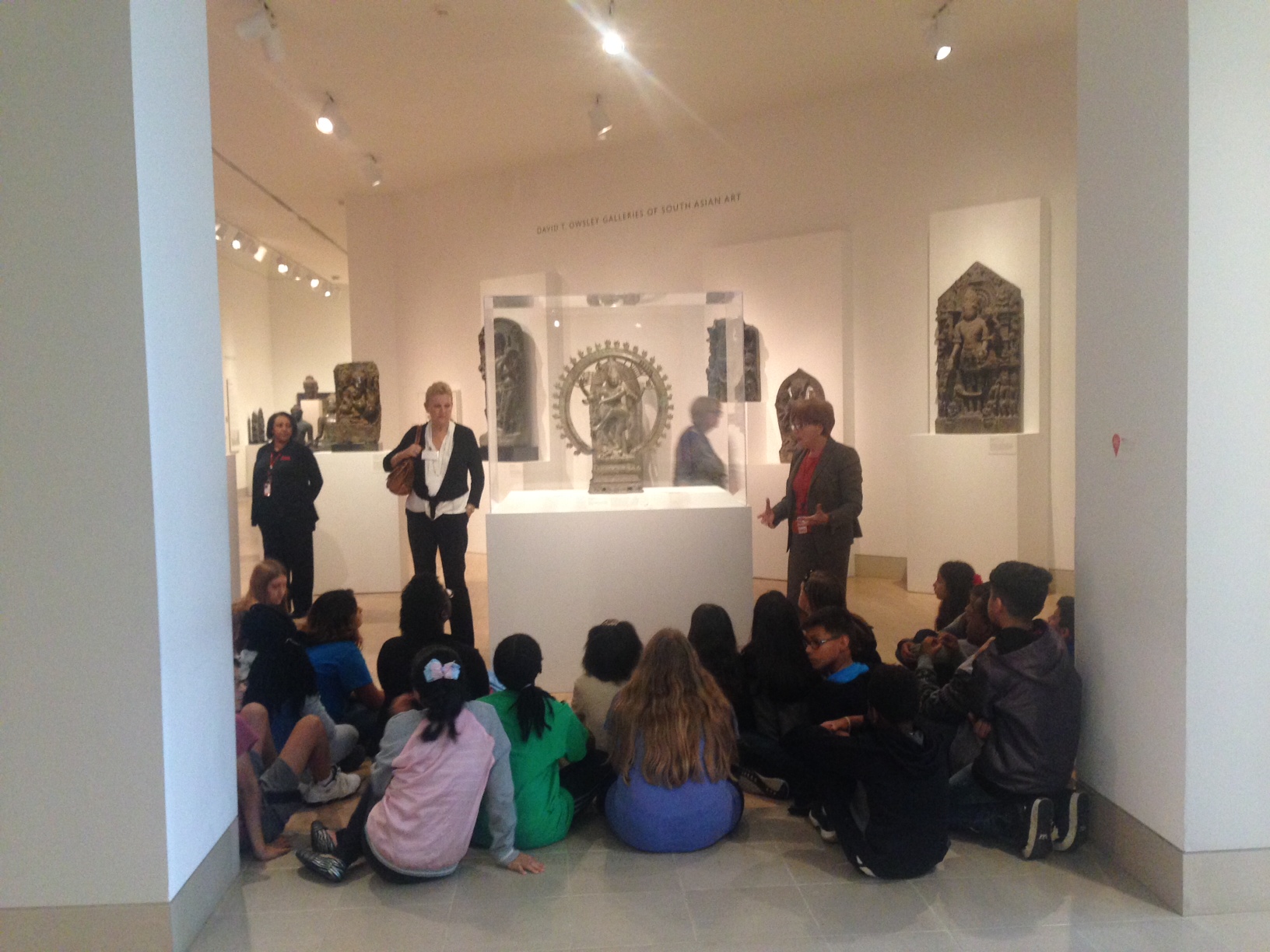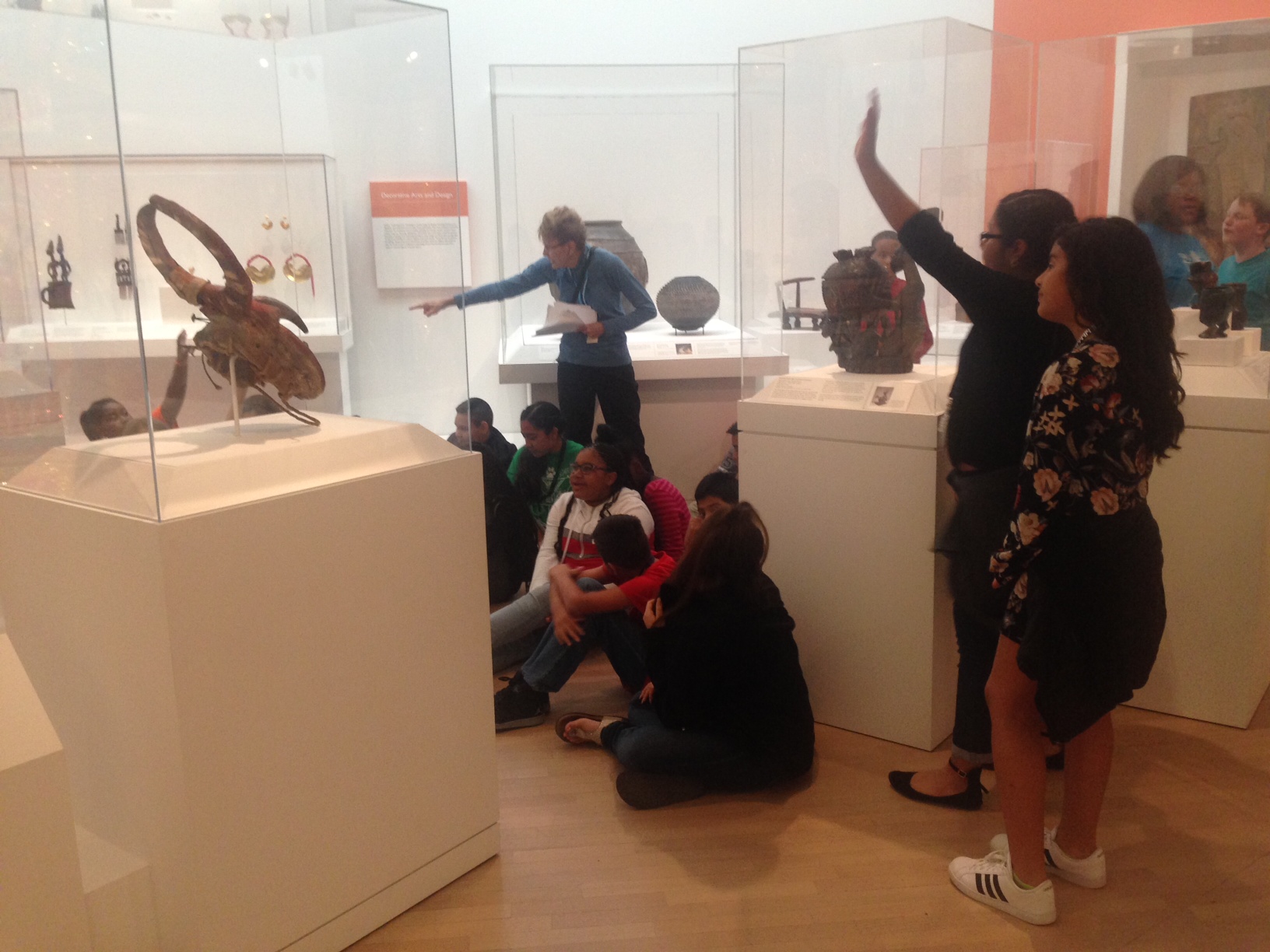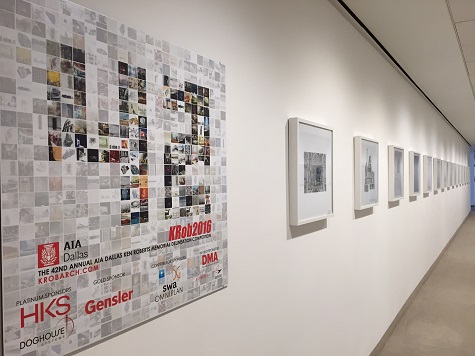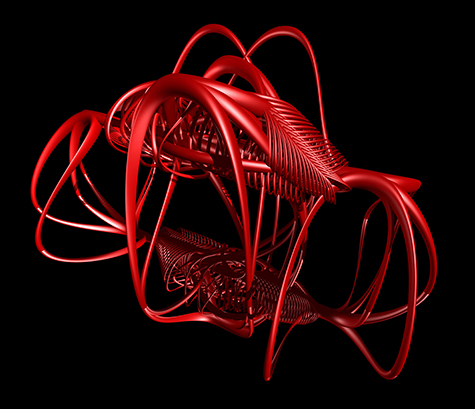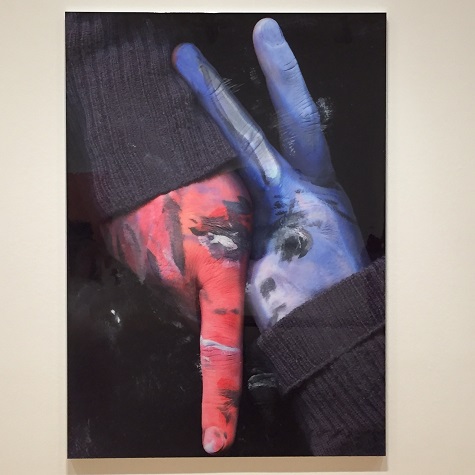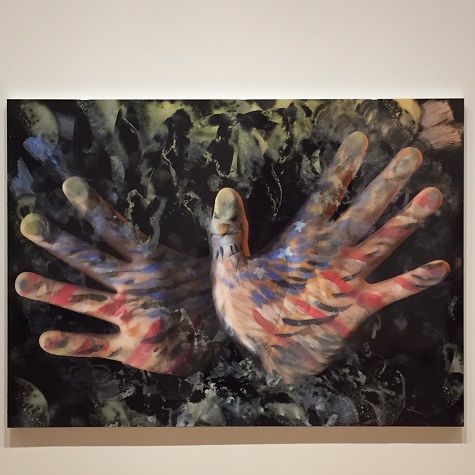Whether you like your adult beverage shaken or stirred, we think you’ll enjoy this. A celebration of over 100 years of cocktail ware design, Shaken, Stirred, Styled: The Art of the Cocktail opens at the Dallas Museum of Art this Friday, November 18, during the DMA’s Late Night event. Organized chronologically and divided into sections that correspond to major shifts in the consumption of cocktails, the exhibition features nearly 60 works drawn primarily from the Museum’s collection. It explores the relationships between political, social, and economic currents, developments in technology, quotidian practices of consumption, and design styles. An interactive display prompts visitors to explore the history of spirits and cocktails alongside that of the vessels in which they were prepared and served. Below are a few highlights paired with historically accurate cocktails included in the exhibition’s interactive display. Cheers!
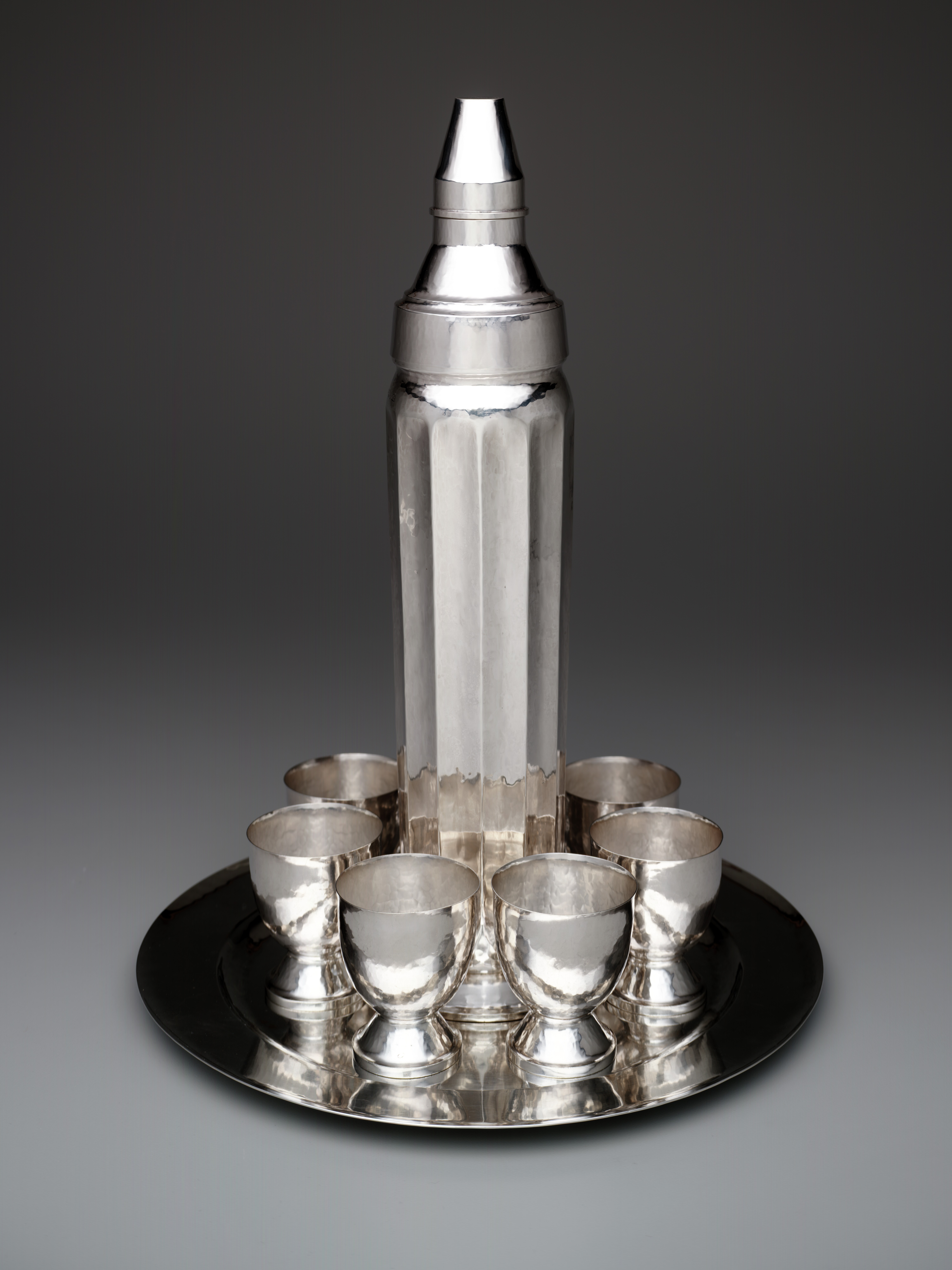
“Skyscraper” cocktail shaker, cups, and tray, William Waldo Dodge, designer, 1928–31, silver, Dallas Museum of Art, The Patsy Lacy Griffith Collection, gift of Patsy Lacy Griffith by exchange, 2008.48.1–12
It would not be surprising if this monumental skyscraper-inspired cocktail shaker once held the ingredients of the Sidecar, one of the most popular cocktails during Prohibition.
The origin of the Sidecar—a shaken mixture of cognac, orange liqueur, and lemon juice, served in a sugar-rimmed cocktail glass—is debated, but commonly believed to be Paris or London at the conclusion of World War I (1914–18). Whatever its origin, the Sidecar quickly crossed the Atlantic and conquered the speakeasies in the newly “dry” United States.
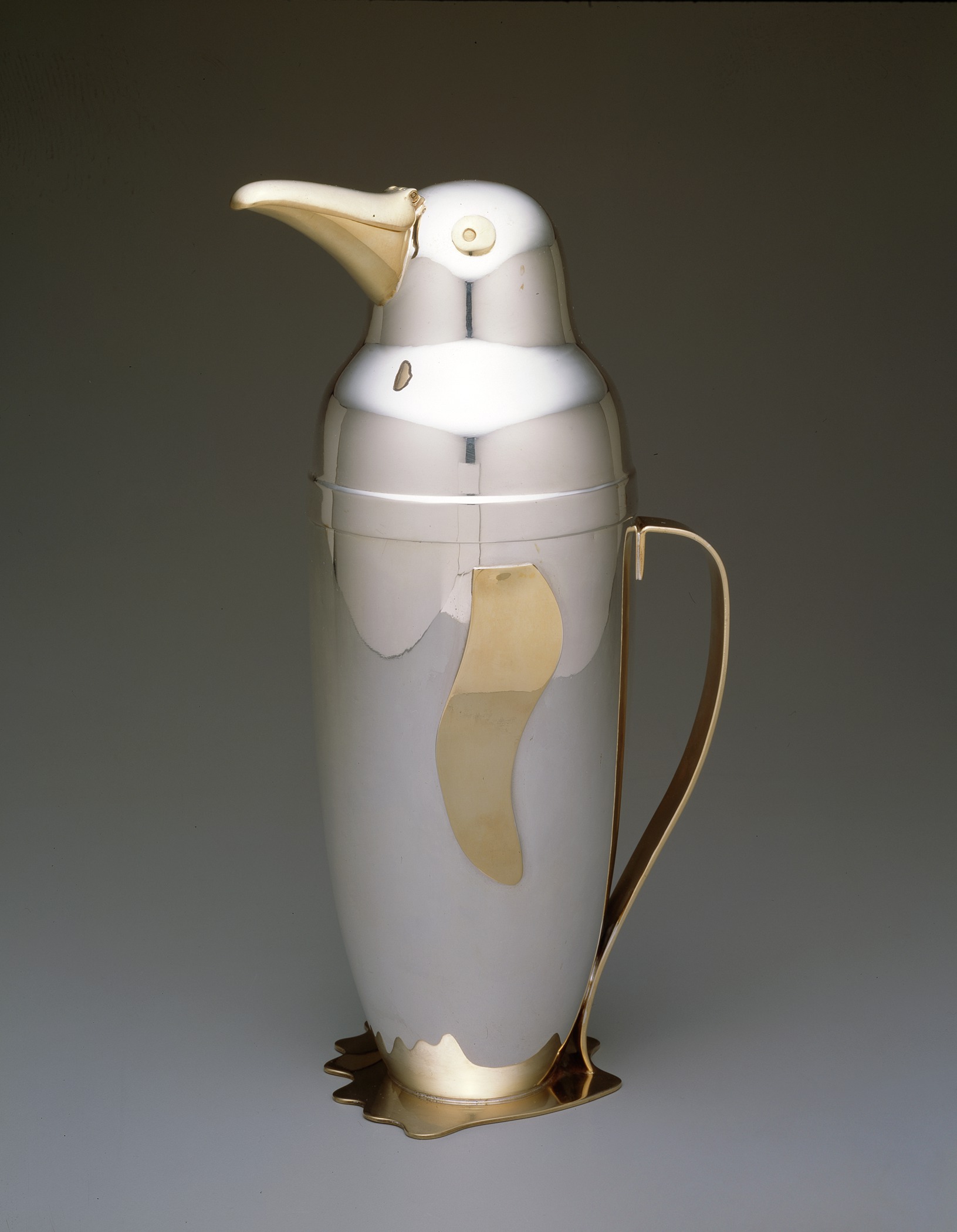
Penguin cocktail shaker, Emile A. Schuelke, designer, Napier Company, manufacturer, Meriden, Connecticut, 1936, gilded silverplate, Dallas Museum of Art, The Jewel Stern American Silver Collection, gift of Jewel Stern, 2002.29.8.a–b
The owner of this gold-accented, silver-plated Penguin cocktail shaker, touted by its manufacturer as the “master of ceremonies at successful parties,” may have utilized it to shake Daiquiris, which peaked in popularity in the 1930s.
Despite possible antecedents native to Cuba, the Daiquiri as it is known today—a shaken mixture of white rum, lime juice, and simple syrup—was first recorded by American mining engineer Jennings Cox in 1902. The Daiquiri shares its moniker with the Taíno (indigenous peoples of the Caribbean) name for a beach near Santiago de Cuba.
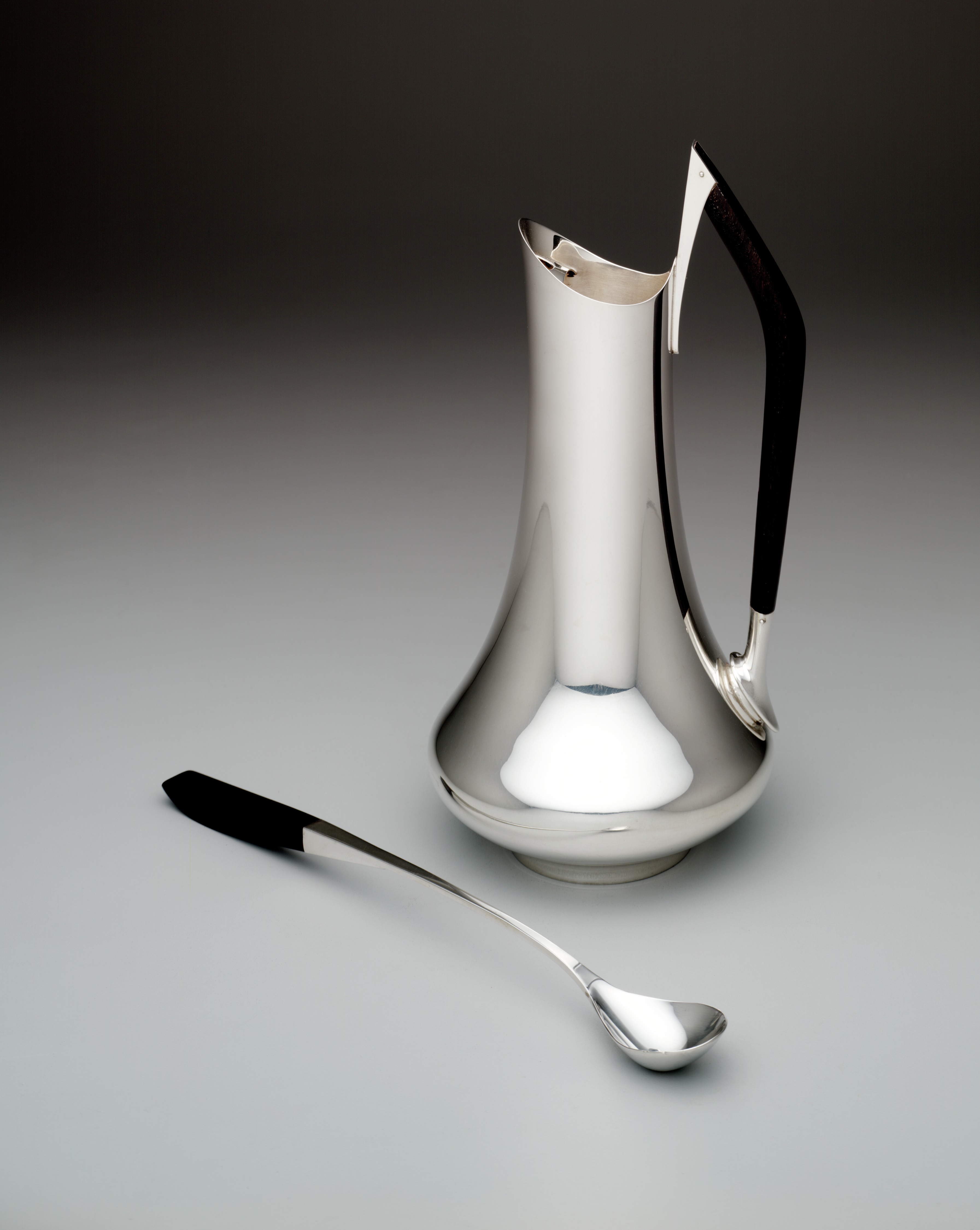
Circa ’70 pitcher-mixer with mixer spoon, Gorham Manufacturing Company, Providence, Rhode Island, designed 1960, silver and ebony, Dallas Museum of Art, The Jewel Stern American Silver Collection, Decorative Arts Fund, 2002.29.68.a–b)
This futuristic Circa ’70 beverage mixer was likely used to stir dry gin Martinis in the 1960s.
Like the Manhattan, the Martini is a spirit-based and vermouth and bitters-laced cocktail that originated in the 19th century. It appeared in print in Jerry Thomas’s How to Mix Drinks, published in 1862. While 19th-century recipes recommend sweet vermouth, by the 1950s dry vermouth was mixed with dry gin and orange bitters and then poured into a classic cocktail glass.
Samantha Robinson is the Interim Assistant Curator of Decorative Arts and Design at the DMA.

